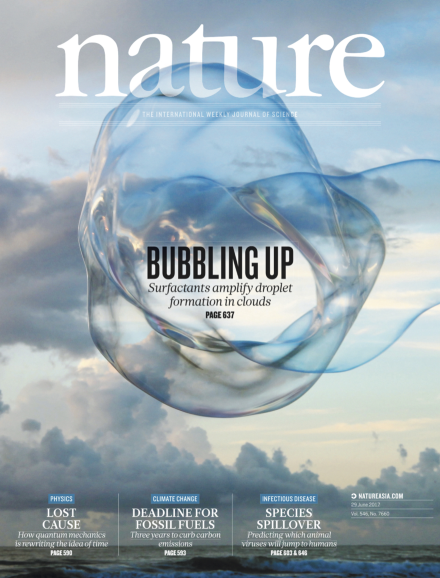Volume 546 Issue 7660, 29 June 2017
Editorial
World View
Seven Days
News
News Feature
Comment
-
Three years to safeguard our climate
Nature Outlook:
Books & Arts
Correspondence
News & Views
Article
Letter
Corrigendum
Technology Feature
-
The architecture of structured DNA
Collection:

